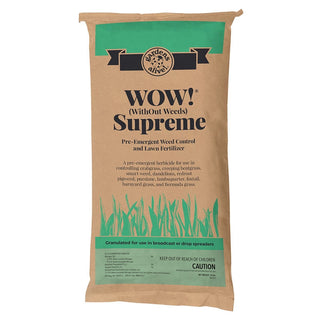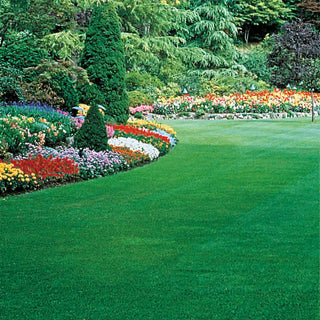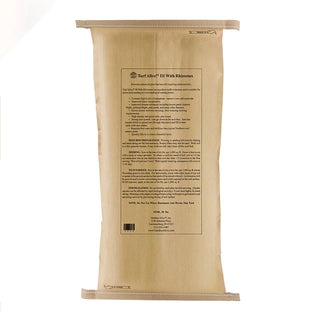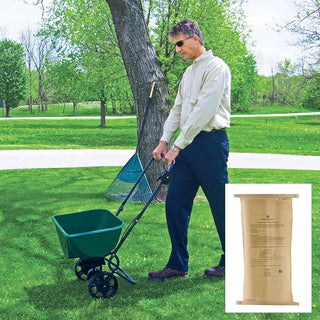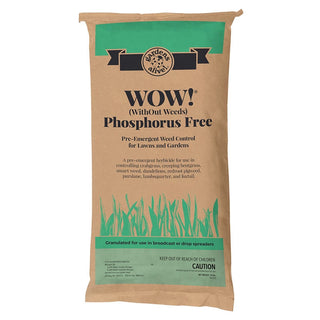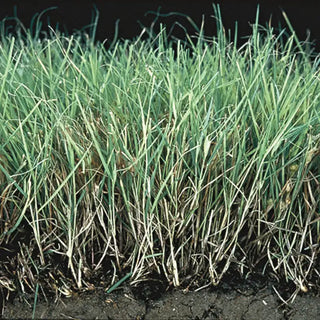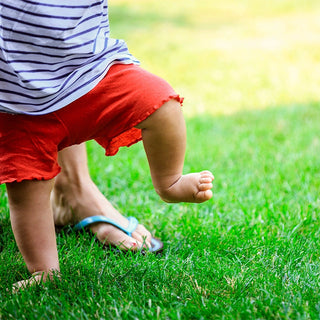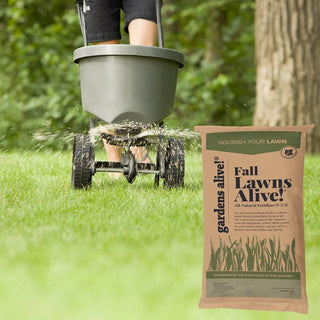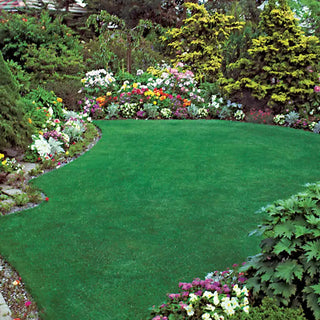Planting grass seed is an easy, economical way to get a thick, lush lawn. Just sprinkle the seeds, water and in just days, you'll see new growth. Whether you're looking to fill in blank areas in your garden with attractive ornamental grass or plant a yard full of healthy, green grass, Gurney's has the grass seed you're looking for.
How to Choose the Right Grass Seed for Your Lawn
Selecting the ideal grass seed for your lawn is crucial to ensure lush, healthy growth. Here's how to pick the best seed based on your specific lawn conditions:
Soil Type: Different grasses thrive in different soil types. Test your soil to understand its composition--clay, loam, or sandy. For clay soils, choose grasses like tall fescue that handle compact soil well.
Climate: Consider your local climate. Cool-season grasses, such as Kentucky bluegrass and perennial ryegrass, are perfect for northern climates, while warm-season grasses like Bermuda and Zoysia are ideal for southern lawns.
Sun Exposure: Evaluate the amount of sunlight your lawn receives. Full sun areas benefit from sun-loving seeds, whereas shaded areas require grasses like fine fescue that thrive with minimal sunlight.
Lawn Usage: Think about foot traffic. High-traffic areas need durable grasses like Bermuda grass, which can withstand wear and tear.
Coverage: Knowing your lawn size helps in purchasing the right amount of seed. Generally, you'll need about 5 to 8 pounds of seed per 1,000 square feet for new lawns.
How to Plant Grass Seed
Once you've planted your chosen grass seeds, proper care is vital for establishing a robust and vibrant lawn. Follow these steps to ensure your grass thrives:
Soil Preparation: Before grass seeding, remove weeds and loosen the soil. Adding compost can improve soil health and facilitate seed growth.
Seeding: Spread the grass seeds evenly using a broadcaster or by hand. For best results, ensure seeds make direct contact with the soil, which may require light raking.
Watering: Initially, keep the soil consistently moist but not waterlogged. Water lightly twice a day until seeds germinate, then gradually reduce frequency, encouraging deeper roots.
Fertilizing: Apply a starter fertilizer at planting and a regular lawn fertilizer about six weeks later. Follow package instructions for the best results.
Ongoing Maintenance: Regular mowing, watering, and periodic fertilizing are key. Set your mower to the high setting to avoid cutting grass too short, which can stress the plants.
For additional tips, check out our video to help you through the process from seed to lush your lawn.

